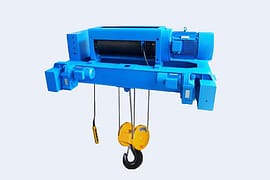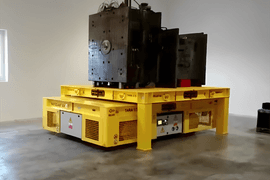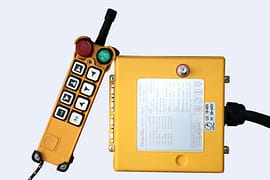10 Tips for Overhead Crane Operation Safety in Industry
Understanding the Basics of Crane Operation Safety
Overhead Crane Operation safety is of paramount importance in various industries such as construction, manufacturing, and logistics. The operation of cranes involves potential risks, including structural failures, load drops, and collisions. Therefore, it is crucial for organizations to prioritize safety and comply with legal and regulatory requirements.
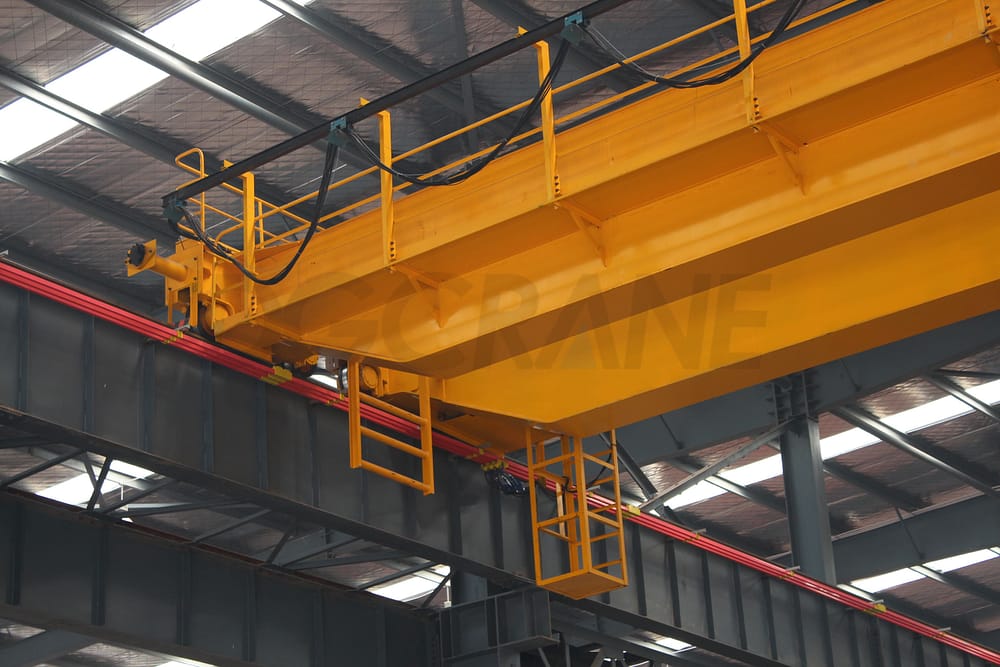
Identifying Hazards and Risk Assessment
Before initiating any crane operation, it is essential to identify potential hazards and conduct a thorough risk assessment. Hazards may include uneven terrain, overhead power lines, adverse weather conditions, or the presence of workers in the vicinity. By identifying these risks, appropriate control measures can be implemented to mitigate them effectively. Conducting a risk assessment ensures that potential hazards are adequately addressed and reduces the likelihood of accidents.
4 Common Hazards During Overhead Crane Operation:
- Operation Errors: These errors can occur for various reasons, including lack of training or experience, fatigue, distraction, or poor judgment. Remember that weather condition is an important factor, such as strong winds, lightning, or heavy rain, can significantly affect the stability of operators’ performance. Ignoring weather-related risks is a stupid thing to do.
- Falling Debris: Regardless of how securely materials are fastened, there is always a risk of them falling. This poses a threat to the individuals below and can also result in property damage. Numerous factors can contribute to materials falling off a crane, including visual impairments, mechanical failures, operator incompetency, and slipping.
- Overloading: The majority of crane mechanical failures and accidents occur when cranes are forced to carry loads exceeding their designed capacity. Overloading a crane subjects it to significant structural stress, potentially leading to severe damage. Unfortunately, overloading incidents often cause irreparable harm, making this a paramount concern for operators and site safety managers. Human error is frequently the root cause of overloading incidents.
- Electrical Hazards: When operating cranes at elevated heights, the most common electrical hazard they encounter is contact with power. Typically, when a crane comes into contact with power, it can cause injuries to multiple individuals and, in some cases, even prove fatal.
4 Safety Aspects Should Be Noted During Overhead Crane Operation:
Ensuring Fall Protection
Maintaining fall protection measures is crucial whenever an employee is exposed to a fall hazard exceeding a height of 6 feet. To comply with safety standards, organizations must establish suitable anchor points and provide comprehensive training in the use of fall protection systems.
Monitoring and Maintaining Crane Safety
Regular monitoring and maintenance are essential to uphold crane safety standards. Ongoing inspections should be conducted to identify any wear and tear, damage, or malfunctioning components. Reporting and addressing safety concerns promptly ensures that the necessary repairs or replacements are made before further operations. By diligently monitoring and maintaining cranes, organizations uphold a high level of safety throughout their operations.
Enhancing Crane Operator Training
Crane operator training provides individuals with the necessary understanding of safety protocols, hazard identification, and risk mitigation techniques. Proper training empowers operators to make informed decisions, follow best practices, and respond effectively to emergencies. Therefore, employers are required to provide comprehensive training to operators regularly. Learning about the signal commands of crane operation is very important, for example, hand signals.
And before 2018, crane operators were required to obtain certification, but no specifications for different types of cranes. This lack of distinction led to potential accidents and safety hazards, as operators could operate cranes they were not familiar with. So Occupational Safety and Health Administration(OSHA) updated its crane operator certification requirements in December 2018, which stipulates that operators must obtain certifications for each type of crane now.
Following the Regulations in Your Region
The specific safety operations and parameters of a crane should be followed in accordance with the relevant regulations of the specific local jurisdiction. Different places may have different regulations and standards regarding crane operations and safety. It is important to consult the local authorities or regulatory bodies to obtain accurate and up-to-date information regarding crane safety guidelines in your area.
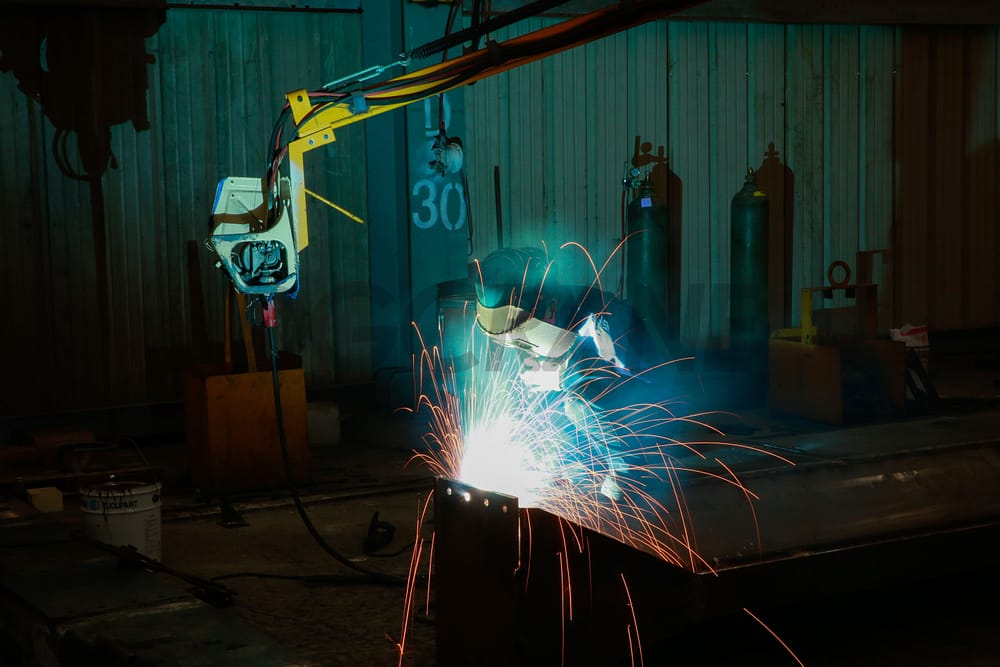
10 Tips for Overhead Crane Operation Safety:
- The brake, lifting hook, wire rope, and safety devices should be inspected first. If any abnormalities are found, they should be addressed before proceeding with the operation.
- Operations should be conducted according to signal commands, and the emergency stop signal, regardless of who gives it, should be executed immediately.
- When turning down the power supply, it should be confirmed no people are around.
- In the event of a sudden power outage during work, the control power should be turned on. Before resuming work, the crane’s operation should be checked for normal functioning.
- When the operator is performing maintenance, the main power supply should be disconnected, and a sign or lock should be placed. If any unresolved faults are present, the supervisor should be notified.
- Signal commands should be clear and in compliance with regulations.
- Cushions should be added at the corners where the ropes or chains pass through.
- When commanding an object to rotate, its center of gravity should undergo a stable change in case of generating unintended movements.
- Prior contact with the crane operator and the use of supporting devices should be arranged before entering beneath a suspended heavy load.
- When multiple people are involved in work, there should be only one person responsible for giving commands.
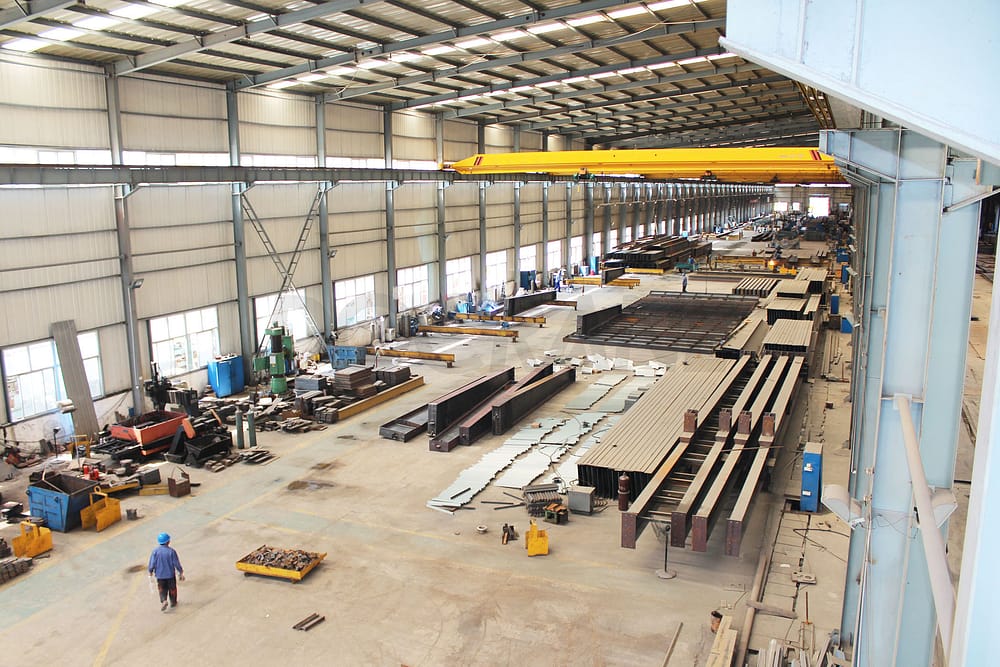
Conclusion
Overhead Crane operation safety is paramount in maintaining a secure working environment in industries that rely on these powerful machines. Prioritizing safety, implementing safe operating procedures, and fostering a culture of safety contribute to a workplace that values the well-being of its workers.
About Us
DGCRANE is a Chinese crane manufacturer with more than 10 years of export experience. We offer you more than a high-quality product. Here we also provide you with operator training, installation guide, after-sale support, and maintenance, to keep your cranes work efficient and your industry operation safe. Visit our homepage to find out more. Any questions about cranes, contact us and speak to our specialists!














































